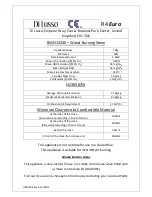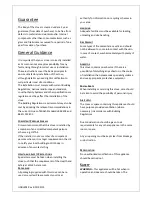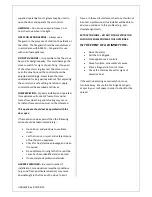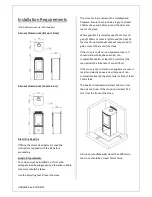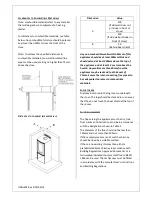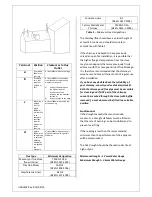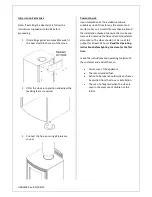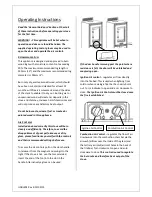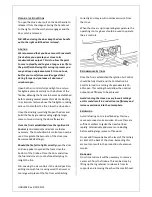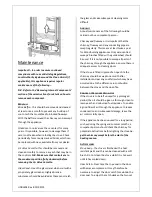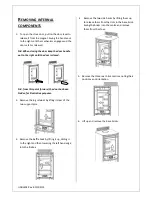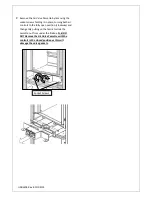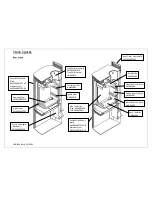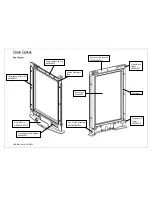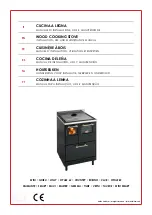
JINDLE04 Rev B 15/09/15
C
LEARANCES TO
C
OMBUSTIBLE
M
ATERIALS
Note: combustible material refers to any material
that will degrade when subjected to heat e.g.
plaster.
For distances to combustible materials, see table
below. No combustible furniture should be placed
any closer than 900mm from the front of the
stove.
Note: To achieve the specified distances to
combustible materials, twin-wall insulated flue
pipe must be used, starting no higher than 75mm
above the stove.
D
ISTANCES TO COMBUSTIBLE MATERIALS
Dimension
Value
A
100
(If side wall does not
protrude in front of
stove)
300
(If side wall protrudes in
front of stove)
B
50
(Behind heat shield)
Any non-combustible walls within 50mm of this
appliance should be at least 200mm thick and
should extend at least 300mm above the top of
the appliance and at least 1.2 metres above the
hearth. Any walls more than 50mm from the
appliance may be reduced to a thickness of
75mm. Ensure the inter-connecting flue pipe also
has adequate clearances to combustible
materials.
F
UEL
S
TORAGE
Fuel may be stored in the log recess underneath
the stove. The logs should be stacked in such a way
that they do not touch the heat shield at the top of
the recess.
F
LUE
R
EQUIREMENTS
The flue serving this appliance must be dry, free
from cracks and obstructions and be in accordance
with the designations shown in Table 1.
The diameter of the flue should not be less than
150mm and not more than 200mm.
If these requirements are not met the chimney
should be lined by a suitable method.
If there is no existing chimney then either a
prefabricated block chimney in accordance with
Building Regulations Approved Document J or a
twin-walled insulated stainless steel flue to BS EN
1856 can be used. These chimneys must be fitted
in accordance with the manufacturer’s instructions
and Building Regulations.


